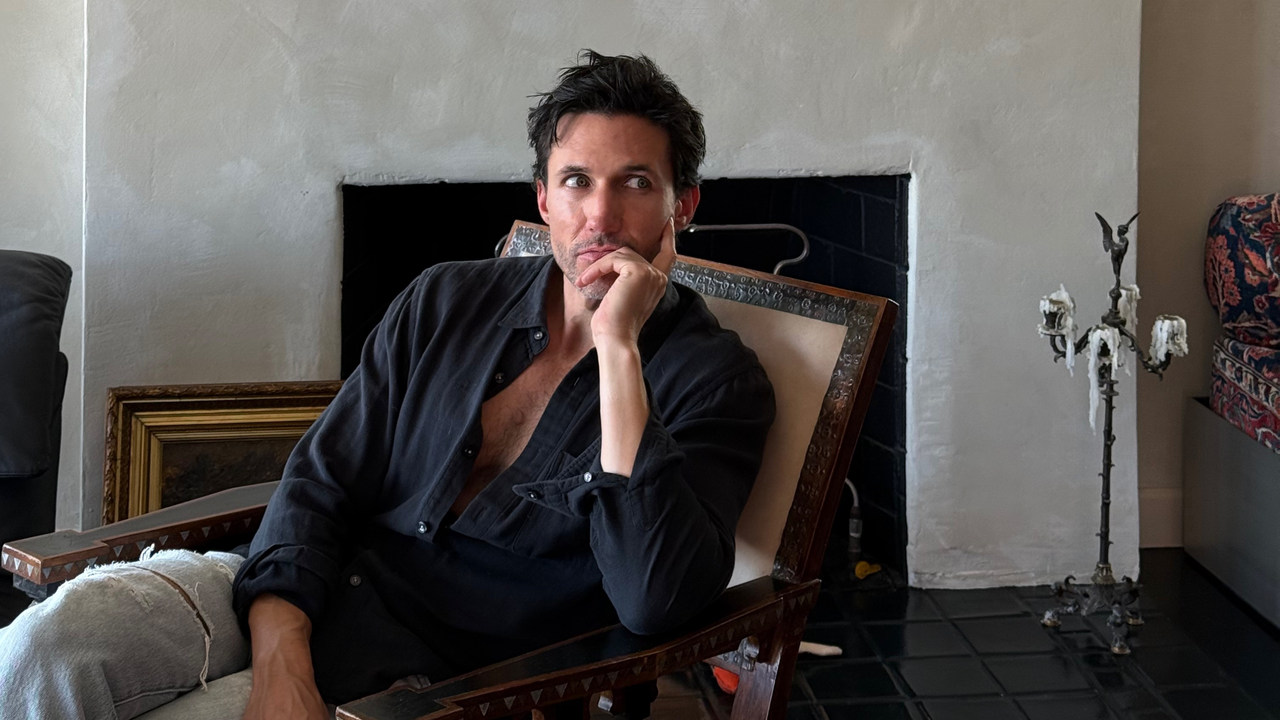Mapplethorpe: A Biography Patricia Morrisroe
MacMillan, London
MacMillan, London
Poor Robert Mapplethorpe 'He's so dirty. His feet smell. He has no money. And that horrible Patti Smith...' Andy Warhol did not much care for him, and neither, it seems, does his official biographer. Patricia Morrisroe delivers a life story both sordid and sad, yet the book offers little cumulative insight into the obsessive nature of Mapplethorpe's work itself. One gets the impression that it is the biographer's disdain for her subject, rather than critical distance, that shapes the rather unpleasant portrait which emerges. Based on 16 interviews with Mapplethorpe in the year preceding his AIDS-related death in 1989, the narrative seems driven by the implicit judgement that his was a 'bad death'. Despite concessions to journalistic balance and a scholarly facade of random secondary sources, what jars is the decidedly unsympathetic, told-you-so tone of the narration.
The scene is set in the book's opening account of Mapplethorpe's funeral in Floral Park, Queens, at which the Catholic priest obligingly manages a quote 'the fascination of the abomination' from Conrad's Heart of Darkness. With this melodramatic overture, Morrisroe sets in motion a reductive psychological subtext that inexorably reveals the conflicts and contradictions of the artist's inner life: the lonely child fascinated by sin, guilt and Coney Island freak-shows; the rigidly good boy enlisted as a high school military cadet; the drug-addled hippie who dropped out of college; the leather-clad erotomaniac who believed 'sex is the only thing worth living for', and the transgressive late-Modernist, whose worst fear, apparently, was that his parents would discover his homosexuality.
While there are frequently entertaining passages such as the story of Scratch, his pet monkey at college, whose skull was boiled to obtain bones for an art exam there is, nonetheless, something demoralising about the way all the stories end up as evidence of underlying pathology. Our Robert, it seems, was not exactly a nice person. More to the point, he was not particularly reflective: 'Mr Non-Analytical', according to critic Ingrid Sischy. In which case, the reductive psycho-detective story Morrisroe pursues seems irrelevant. As part of the boomer generation, born in 1946 into a lower middle-class family complete with manic-depressive Mom, emotionally unavailable Dad, and sibling rivalry to spare, Mapplethorpe's dysfunctional suburban background might appear to be quite normal after all. While Morrisroe goes for grandiose dualities of the Sturm und Drang type, such as the schism between Catholic guilt and Satanic ritual ('Do it for Satan!' he would exhort his S&M partners), what gets overlooked is the interplay between drift and control.
A dismal underachiever in graphic arts at the Pratt Institute from 1963 to 1967, the young bohemian (bearing a harrowing resemblance to Jon Bon Jovi) first made a living selling home-made fetish jewellery at Max's Kansas City. He lived with Patti Smith, aspiring poet and rock star-in-waiting, in numerous lofts and Chelsea Hotel rooms as they sought their share in the post-Factory culture of celebrity. One might dwell on the doppelganger routines, in which his cautious steps into homosexuality were held in check by her violent fear of it, but what stands out is the suburban yearning for fame by way of performed 'outlaw' personae this was, after all, the milieu of New York punk. Initially using pornography as source material for pictorial collage, Mapplethorpe also constructed clunky sculptural pieces before Sandy Daley, who made the film Robert Having His Nipple Pierced (1971), gave him a Polaroid camera. He began his first gay relationship with a model who complained, 'when Robert took pictures, it was like he owned the subject. He dominated them completely. He didn't see you as a person, but as an art object'.
Mapplethorpe comes to be characterised as an art hustler on the make, with intuitive understanding of uptown-downtown counterpoint. The key move is his relationship with curator Sam Wagstaff, gay daddy and old money. Mapplethorpe's public recognition arrived alongside various efforts to get photography institutionally recognised as a legitimate aesthetic object and collectable market artefact. Self-Portrait with Nipple Ring (1973) brought out sexual insignia within framing devices that imposed sculptural thinghood on the photographic print they also helped to hike prices. Commercial, erotic and compulsive motivations are each brought together in the repertoire of portraits, flowers, and performative sex, established whilst Mapplethorpe was with Wagstaff. Between the fabulous portrait on Patti Smith's LP Horses (1976), the coked-out society portraits shown by Holly Solomon in 1977, and the 1978 leathermen magazine cover for Son of Drummer, it could be said that Mapplethorpe had found the perfect cross-market opportunity for selling the persona 'produced' by his quasi-Foucaultian aesthetics of existence in the midst of late 70s excess.
His self-portrait with a bullwhip up the bum, like the master-slave couple in a bourgeois apartment, Brian Ridley and Lyle Heeter (1979), shows self-evident irony that inevitably complicates the issue of what a portrait portrays. However, in her lurid accounts of the sex that is supposedly expressed, documented, or otherwise depicted, Morrisroe opts for a horrified literalism that comes to defend a barely disguised sense of disgusted fascination.
At this point, Mapplethorpe takes over as the dinge-queen from hell. In her descriptions of rather hopeless affairs with black boyfriends, Jack Walls and Milton Moore (who, it turns out, was Mr Polyester), Morrisroe confirms every worst fear and fantasy. 'It has to be racist,' Mapplethorpe says knowingly at the height of racist chic. When he fails to find a black Adonis in Kellers bar he goes to a yacht party only to be disappointed. 'You're looking for an intelligent, successful black millionaire who wants you a white man to call him "nigger"?', a black female friend asked. 'I wouldn't call him "nigger" all the time,' he replied, 'Only during sex'.
By merely identifying Mapplethorpe as racist, as Morrisroe repeatedly does, she simplifies matters that a more intelligent biographer would wish to open up with greater subtlety. With the turmoil of HIV and his widening notoriety and acclaim in the 80s, Mapplethorpe's lifestyle during his last years, the denial, panic and greed which the book purports to chronicle objectively, can only be read as testament to human complexity. It is unfortunate that Morrisroe's interpretative frame does not quite encompass the wider tonal range of meaning implicit in Mapplethorpe's statement 'Happiness? It's not there for me'. Such messy subjectivity awaits a more open-minded and generous biography.














